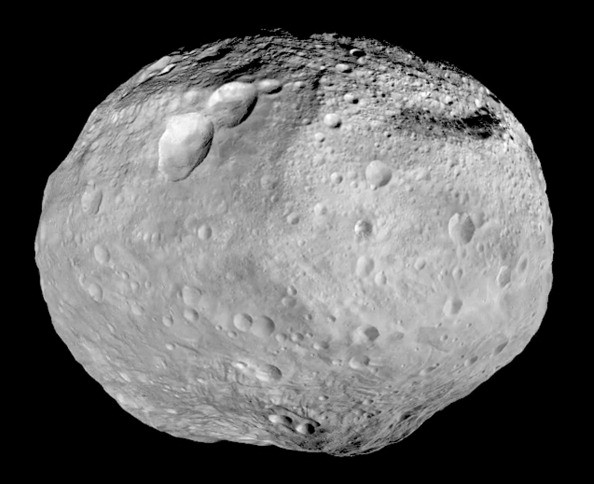China considering mission to 'capture' asteroid and fire it into moon's orbit
Chinese space programme appears far more ambitious than its Nasa equivalent.
China has unveiled its ambitious space programme that will see a mission to land on a asteroid and then try and fire it into the moon's orbit.
Ye Peijian, the chief commander and designer of China's lunar exploration programme, revealed that the ultimate aim is to mine the asteroid for metal and minerals or use it as a base for a space station.
Speaking at a meeting of space authorities in Beijing, Ye is reported by state media as saying that the first batch of asteroid exploration spacecraft would probably be launched around 2020.
Ye noted that many of the asteroids near the Earth contain high concentrations of precious metals, reports Science and Technology Daily, a newspaper run by China's Ministry of Science and Technology.
He said some of the asteroids may "justify the enormous cost and risk of space exploration" as their economic value could amount to trillions of US dollars, the South China Morning Post reports.
The Chinese space programme seems to be far more ambitious than the one announced by Nasa earlier this year, to send two spacecraft to asteroids in 2021 and 2023.
China plans to 'capture' an asteroid by landing and anchoring a spacecraft on its surface, fire up multiple rocket boosters and project it into the orbit of the moon.
The excavation of mineral ores and its transportation back to Earth will be undertaken by robots, Ye was quoted as saying.
He estimated that it could take another four decades before China will have the necessary technology and infrastructure in place to mine the asteroid.
The scientist did not reveal the asteroid the Chinese government is targeting.
Asteroid as a base for permanent space station?

Ye was also quoted as saying that there is interest in using an asteroid as the base for a permanent space station.
He said the "natural spin of an asteroid could generate a certain amount of centrifugal force that could be transformed into gravity, which is good for the mobility and general health of astronauts."
On Wednesday (10 May), China re-activated an airtight research facility in Beijing to start a new experiment with artificial ecological system to pave the way for the design and building of a human settlement on the moon.
Four young men and women volunteers entered the Yeugong-1, a self-contained laboratory in Beihang University with a bio-regenerative life support system built four years ago. The volunteers will live in the laboratory, which simulates a lunar environment, for up to 200 days.
The volunteers will live in the sealed lab with no input from the outside world., Human waste will be treated with a bio-fermentation process, and experimental crops and vegetables will be grown with the help of food and waste by-products.
© Copyright IBTimes 2025. All rights reserved.






















